
Wind & Weathering :
air delivery & long term
erosion
Darrell Markewitz, with contributions by Neil
Peterson
Part Three : WEATHERING
‘ A new furnace was constructed on a clean sand pad, set to one
side of the main smelting area. Photographic and video
recordings were made of the extraction sequence. The remains of
the furnace and the resulting debris field will be exposed to
weather, and the aging documented as the features erode. The
intent is to continue these observations over the next ten
years. ‘
Starting in 2007, a number of furnaces have
been placed around the base of the tree just visible in the
extreme left of Figure 3-1. These have been allowed to decompose
with time, described in ‘Evidence
of Absence’ (June 2021). This has provided some
observations of the effects of natural weathering on various clay
shafts themselves.
The intent of the experiment # 90 was to keep
an entire working smelter area, with clay furnace remaining above
the slag bowl produced, plus the associated debris field created
from the extraction.
Although not detailed during the description of
furnace construction, a fresh working area was established,
slightly separated from the normal working area. A frame was laid
out using standard 2 x 4 lumber, creating an 8 x 8 foot
square (240 x 240 cm). These were placed over top several layers
of flattened cardboard, this done to at least limit the growth and
penetration of the under laying grass and weeds. With the
boards laid on edge, the frame was filled with partially screened
locally dug sand, bringing the depth of the sand pad to about 8.5
cm. The furnace was placed roughly centred side to side (east to
west), and with 2/3 of the available space towards the front
(north). This placement would allow more complete retention of the
extraction debris. The tuyere and air system was placed on the
east side. Most typically additions of ore and charcoal were
carried out with the worker at the west to south west area.

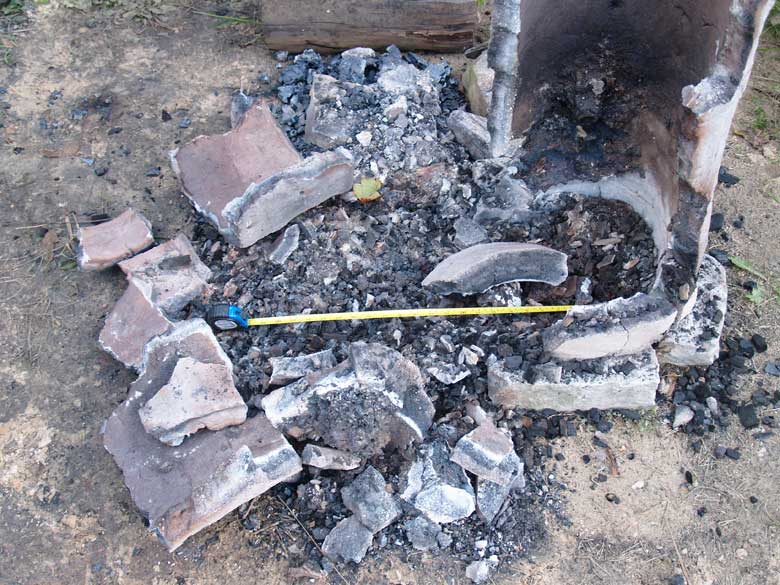 |
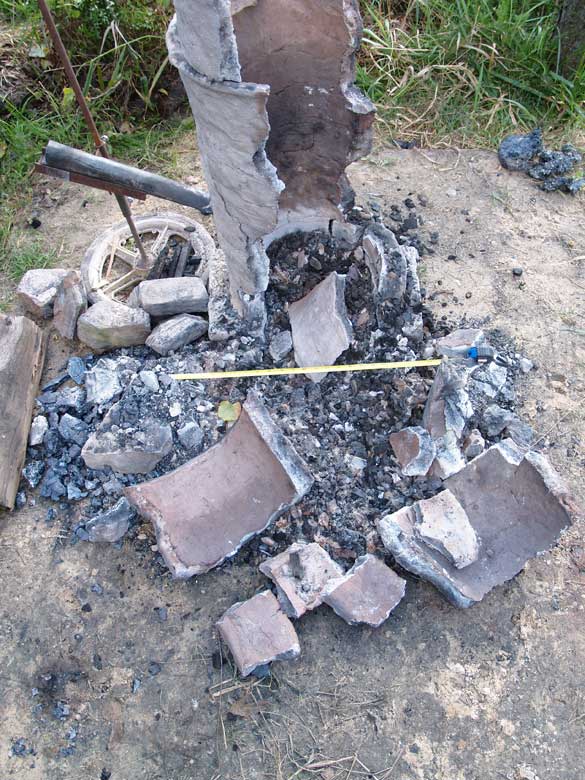 |
| Figure 3-2 : Overall -
after extraction, view towards east. |
Figure 3-3 : Overall - after extraction, view towards south |
 |
 |
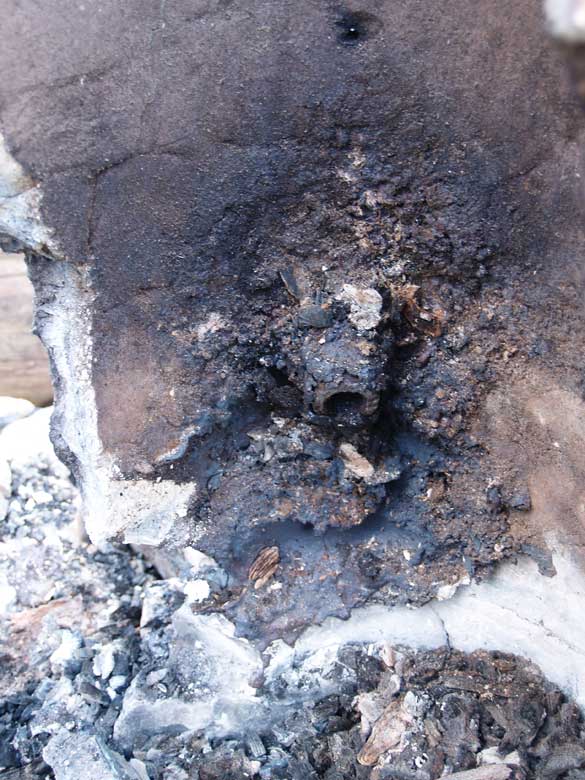 |
| Figure 3-4 : Detail - remaining debris from extraction |
Figure 3-5 : Detail - body of the broken furnace |
Figure 3-6 : Detail - internal erosion around the tuyere |
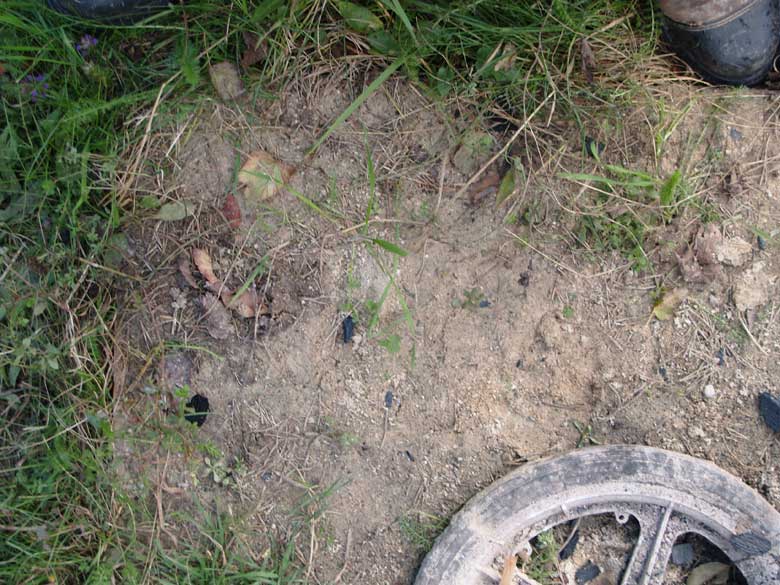 |
 |
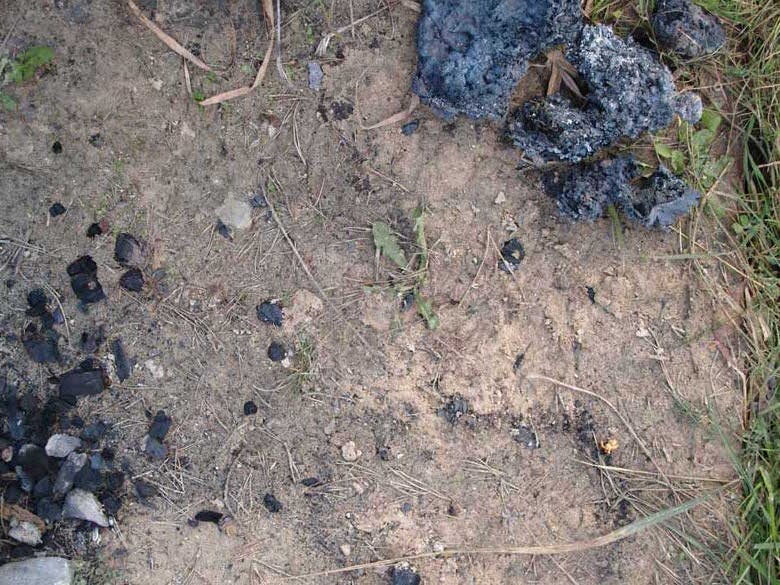 |
 |
 |
 |
 |
 |
 |
 |
 |
 |
 |
 |
 |
 |
 |
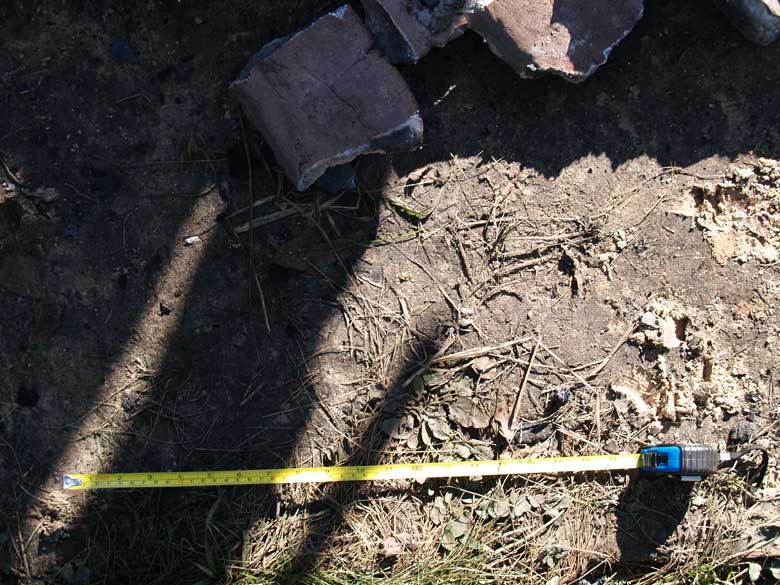 |
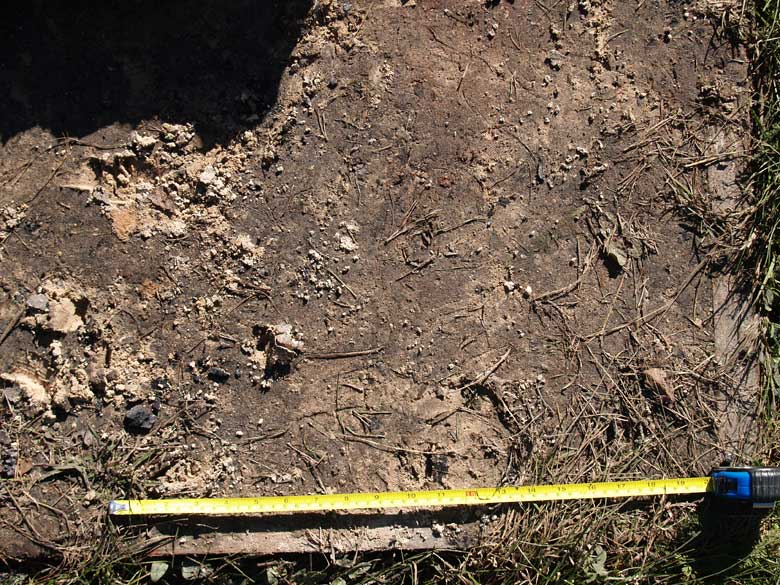 |
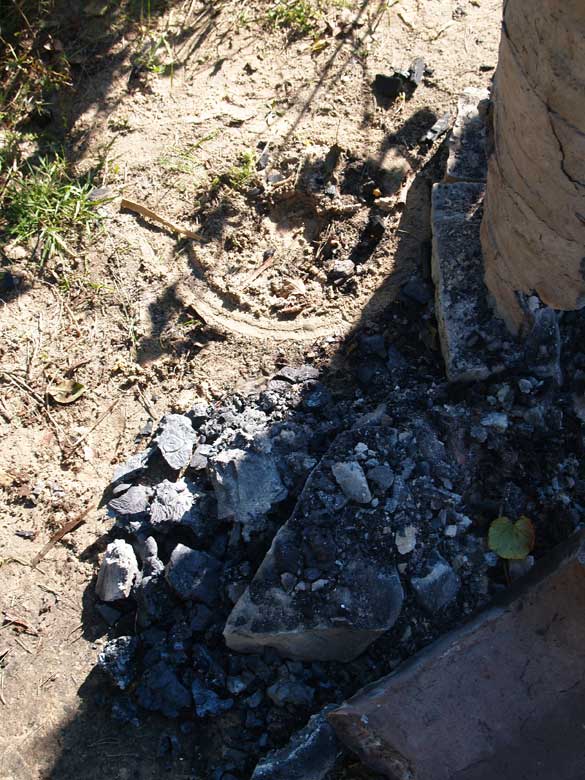 |
 |
| Figure 3-7 : Imprint of the air system when removed | Figure 3-8 : Detail of
interior, with tuyere removed (compare to Figure 3-6) |
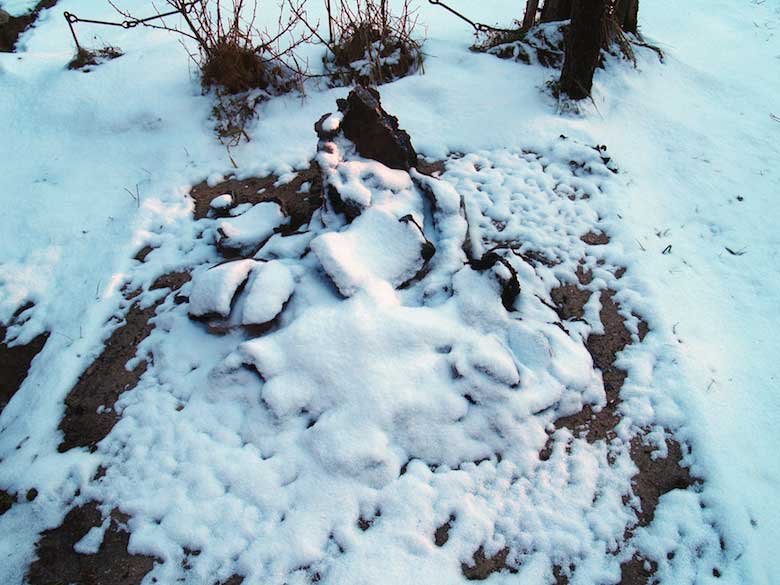 |
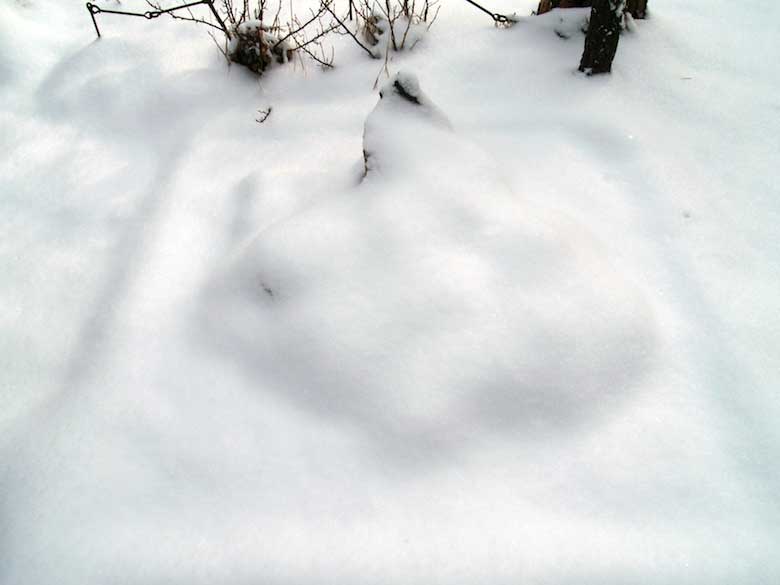 |
| Figure 3-9 : December
13, 2021 - snow at this point was barely enough to cover the ground |
Figure 3-10 : January 3,
2022 - snow at this point was to about 10 cm. |
Unless otherwise indicated :
All text and photographs © Darrell Markewitz,
the Wareham Forge.